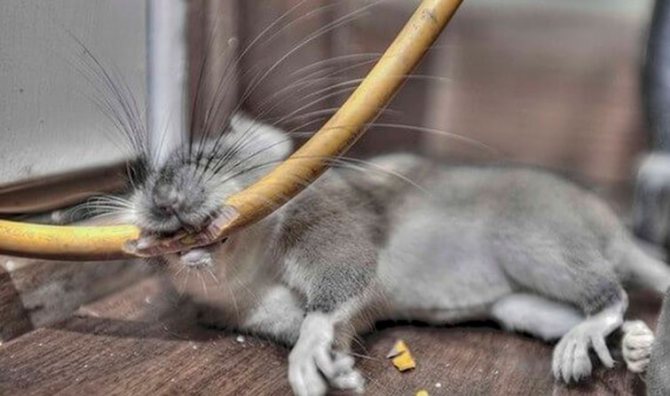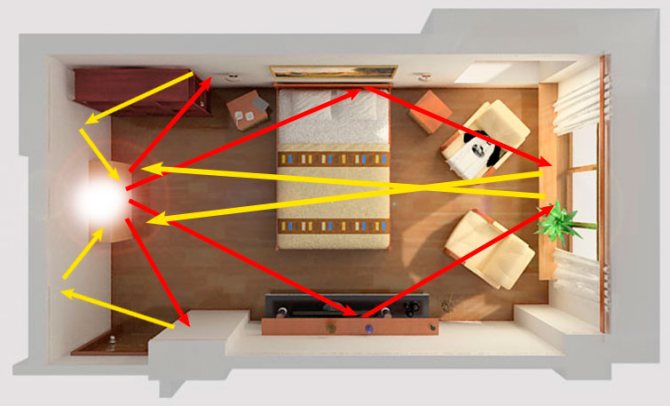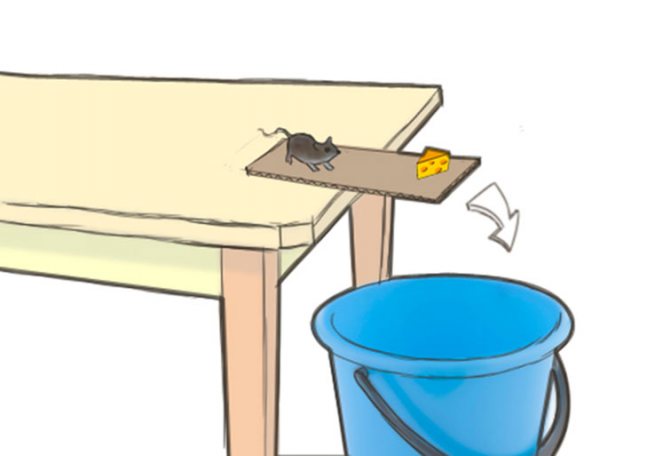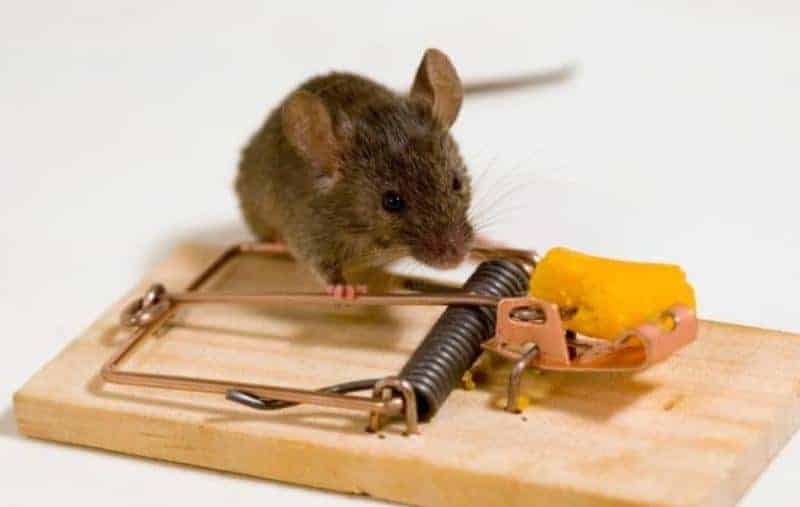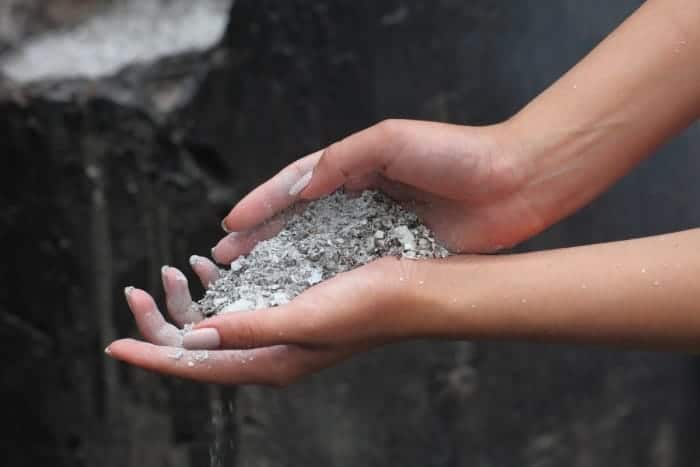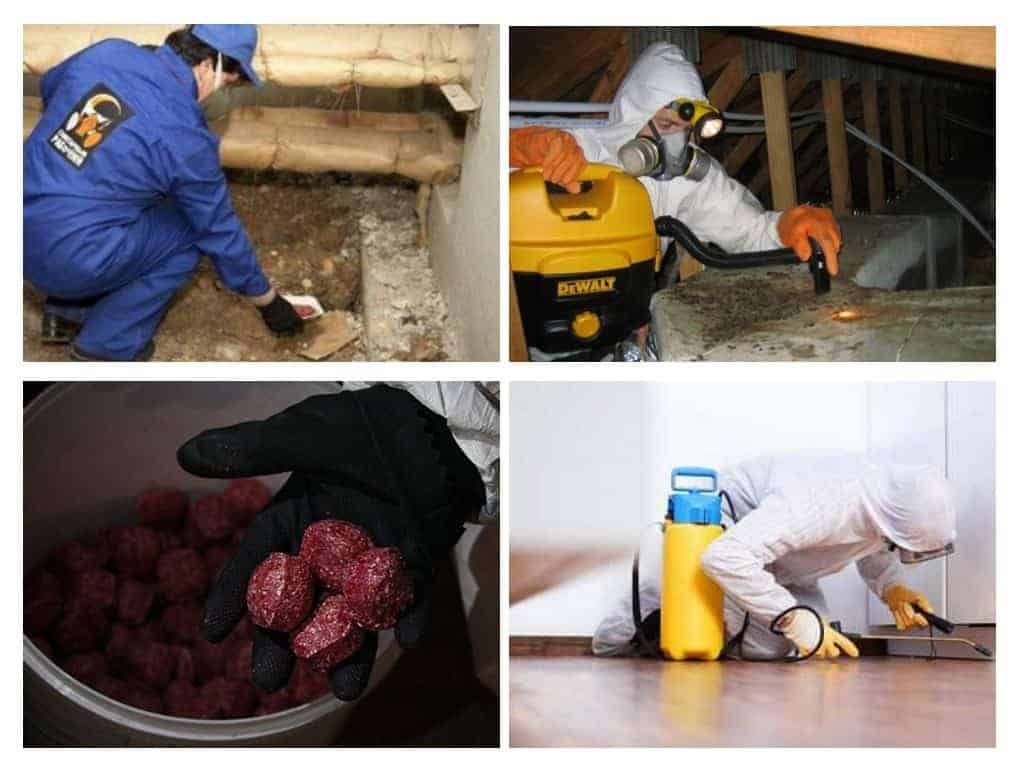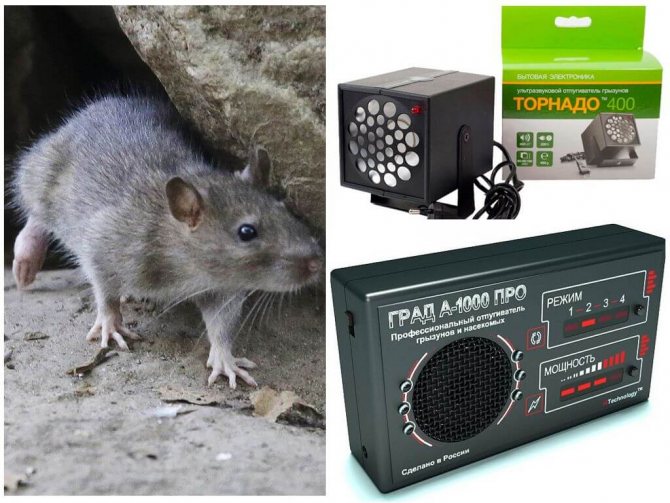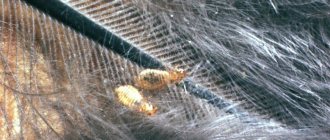With the onset of cold weather, many rodents rush to find themselves in warm rooms for wintering. Mostly they inhabit basements, because it is damp and dark. In such conditions, rodents begin to actively reproduce. Over time, a completely unimaginable number of them breed.
The question inevitably arises: how to get rid of the mice in the cellar? After all, many people have various food supplies underground. We also have to think about how to get the rats out of the basement.

How to protect a cellar from rodents. Basement rat extermination
Quite often, residents of houses with a basement or cellar encounter rodents that enter warm rooms in search of food. It is quite difficult to deal with this small misfortune - they are very cunning and careful. All basement rats and mice have a highly developed instinct for self-preservation.
Fighting them will require special funds and considerable effort, but it is impossible to allow them to live in the basement of the house - the consequences can be catastrophic. In the open sources of the network there is a lot of information, including photo materials, how much harm and damage these harmless animals can cause.
In order to get rid of the rats in the basement, you will have to carry out a rather troublesome process, and the matter is complicated by the fact that this or that method does not work in all cases. Therefore, for a successful struggle, several methods are simultaneously used at once to completely exterminate the entire colony.
Rats in the basement are very tenacious and tend to hide in the cracks of the house, crawling through minimal holes, literally the size of a ruble coin.
Especially often rodents can be found in the cellar in winter, when they seek to find a warm place. Gnawing through holes even in concrete walls, they do not hesitate to use metal beams. Even with a great love for animals, it is still worth thinking about how to get rid of the mice in the cellar, since the damage they cause is too significant.
Multiple photos of owners affected by their invasion are the best confirmation of this. We can say that there are practically no obstacles for them.
The rodent in the cellar will leave it only when unfavorable conditions for habitation and reproduction occur. It is necessary to close all possible entrances to burrows, and restrict access to edible products. Lack of food, one way or another, will significantly reduce the number of rats, and also stop their reproduction. The remaining individuals die on their own.
Experts recommend covering doors and windows in basements or cellars with metal sheets, carefully sealing windows and pipe openings, as well as ventilation vents through which rodents can freely crawl. These methods will not immediately help to get rid of rats, therefore, they are rather preventive. For complete extermination, it is necessary to apply a whole range of measures.
Preventive measures to prevent the risk of rodents
Sometimes a problem may not arise if, foreseeing the danger of its appearance, you take some necessary measures. If we think logically, then we can conclude that rodents will not appear in the house if the living conditions in it turn out to be unfavorable for them or the entrance to it will be too difficult. Lack of food will also discourage the animals from entering cellars.
You can save the cellar from mice by knocking the doors on both sides with metal sheets, glueing all the windows, and making the holes in the vents minimal. This method will help get rid of mice and rats in winter, at the same time, the room will be insulated to some extent.
Poisonous grass soaked in boiling water and hung in a cellar, such as the above-mentioned black root, elderberry or wild rosemary, can effectively fight rodent pests, but safety rules must not be forgotten; it is necessary to devote a small, most necessary amount of time to this method.
Based on the above methods, you can understand how to protect the cellar from mice.
Attention! Preventive measures are not the strongest method of controlling rodents, which is why it is necessary to be prepared for really effective methods of controlling mice and rats, such as mechanical, chemical, folk and others.
How to get rid of rats in a barn?
Rats are dangerous rodents and carriers of a large number of diseases. They are dangerous not only for humans, but also for pets. They are also very cunning. Catching them is very problematic. But, if the rats are in the barn, it is necessary to get rid of them, otherwise they can cause serious harm to both livestock and fodder reserves. How to get rid of rats in a barn?
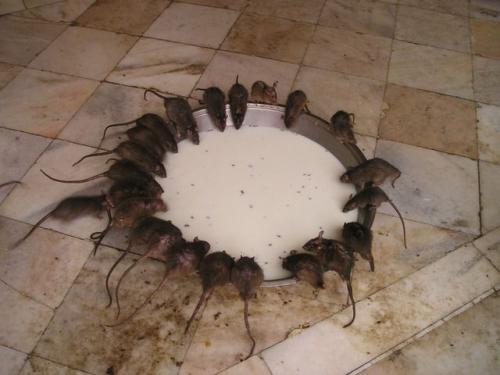

Why are rats dangerous?
Every year, rats cause irreparable harm to agriculture and livestock farming. Losses are in the millions. Eaten grain reserves, infection of cattle and small ruminants, poultry, and the list goes on for a long time.
The most dangerous thing is that they are carriers of plague and encephalitis. Moreover, it is not difficult to get infected from a rodent. Infection occurs through bites, saliva that remains on the food of domestic animals, parasites that live on their wool. These diseases affect the heart and are fatal.
They are also carriers of hepatitis, tularemia, giardiasis, etc. An interesting fact is that the pet itself may not get sick, but become a carrier of the disease, which in turn is transmitted to humans.
Therefore, having found these uninvited guests in your barn, you need to start a fight with them as soon as possible.


Rats Harm Agriculture
What to expect from such a neighborhood?
The barn is the most favorite habitat for rodents. You can meet them there much more often than in a house or apartment. This is not surprising: the optimal air temperature, the constant availability of a source of food and drink.
But such a neighborhood is very dangerous:
- destruction of agricultural stocks (grain, fruit and vegetable supplies);
- infection of livestock, poultry;
- if there are electrical wires in the barn, then the rats may well become a source of interruptions in the operation of electricity, or lead to a short circuit, and, accordingly, to the outbreak of fires (such cases are not uncommon in rural areas);
- they can carry young individuals or newly hatched chickens, ducklings;
- scare the cattle (as you know, even adult cattle are afraid of rats).


Rodents are partial to wiring
What if nothing is done?
If pest control is not started in time, they can cause serious damage to the household and livestock. The most important thing is to start the fight in a timely manner, as soon as you spot the rats in your barn. Rodents reach adult age in 4-5 weeks. Accordingly, new offspring will appear every 1-1.5 months. However, extreme cold or heat can reduce their sexual activity.
The brood can be from 2 to 20 individuals. Fighting so many rodents is much more difficult.
Complex measures in the fight against rats
All means are good in the fight against rodents.It is necessary to solve the problem that has arisen in a comprehensive manner: starting from folk remedies, known for more than one century, to modern scientific inventions. We list the main methods aimed at fighting rats:
| The effectiveness of these measures | |
| Cats - rat catchers | Since ancient times, a cat has been settled in a barn with livestock. But, it is worth remembering that not all cats are suitable for this, but only special breeds. The cat is unlikely to be able to catch all the offspring, but for prevention and to reduce the activity of rodents, it is quite suitable |
| Traditional methods (various types of herbs, ash, special mixtures that are laid out in corners where there is no access to pets) | Folk remedies have proven to be effective in combating this scourge, but it is worth remembering that rats are not only cunning, but also have the ability to mutation and addiction. That is, many folk remedies simply do not work on them. Therefore, the effectiveness of this method can be attributed to the average. |
| Chemical industry products (various poisons, mixtures) | The effectiveness of this tool is high. Because the chemical industry is constantly releasing new compounds to which rodents have not yet developed an addiction. But there is one drawback - the poison does not act immediately, but after a while, from 10 to 30 hours. Those. the corpses of rodents will be difficult to find, and the smell they spread is strong and unpleasant. |
| Special glue | The principle of operation is based on the fact that, having sensed the bait located on the surface of the glue, the rodent simply sticks to it, not being able to detach and run away on its own. The efficiency can be regarded as high. |
| Rat traps | The effectiveness of this mechanical device is low. Luring a rat into a trap, even with food, is very problematic. |
| Ultrasonic scarers | The development of the modern market can be classified as a very effective method. The device emits ultrasonic waves that are only perceived by rodents. But keep in mind that as a result of this struggle, the rats will not die, but will only leave your territory. |
| Specialists of the FEZ of your region or services that carry out sanitization of premises | This method is costly, but very reliable. Especially if your barn is located on a large area. |
Biological "weapons" and pests
One of the most popular methods of our ancestors for fighting mice, including in the cellar, are the enemies of mice:
- cats;
- hedgehogs;
- ferrets;
- some dog breeds.
The undisputed leader among the listed animals are cats. Cats are more passive, so they are less suitable for catching mice. In order for the cat to start hunting for mice in the cellar, it is forbidden to plant him there full. It is also necessary to first remove the cans so that the cat does not break them during the catching process.
It should be borne in mind that cats love to mark the territory, so a specific smell may appear in the cellar. Mice are afraid of this smell and leave the cellar where the cat is.
When using chemical poisons, the death of a cat can occur both from eating the bait, and if a mouse is caught that has tasted the poison. Therefore, it is strictly forbidden to let cats into the basement in which rodents were poisoned.
How to get rid of mice in a cellar with folk remedies. Chemical methods
The rats in the basement can be removed by using special pesticides. There are three types of them:
- Chronic action.
- With instant death.
- With the effect of embalming the body of the animal.
All these substances answer for themselves the question "How can you poison mice in a cellar?" Chronic chemicals cause the death of the animal a few days after eating the poison. The relatives of the rodent will not be able to understand what the matter is, and will also gradually die.
If you use instantly killing poisons, then in this case it is worth finding out how many rats and mice are in the basement: if there are too many of them, then after the death of several individuals, the rest will understand what is wrong and stop touching food with poison.
When chemicals with the effect of embalming a corpse are used, the body dries up. At the same time, the skeleton is preserved for a long time, without emitting an unpleasant odor. The remains can be removed without any problems yourself, or you can leave this matter to the ants.


Here are the basic chemical methods for getting rid of mice and rats.
How you can get rid of rodents in the cellar with folk remedies can be suggested by various cunning traditional methods, among which there are many effective ways to solve such a serious problem.
The scattering of wood ash provides the animals with irritation of their paws, then the rodents try to lick them. Irritation appears on the tongue as a result. In powerlessness, the animal will run away from the cellar.
Sawdust mixed with mothballs will scare away rodents for a long time if this agent is placed around the perimeter of the entire basement.
The smell of burnt hair can not be tolerated by mice, so in the cellar it is worth burning a piece of hair of some pet. Rodents should leave the room immediately.
With the help of the smell of chamomile, you can get rid of the animals once and for all - you just have to place the dried flowers along the walls, where there may be holes, as well as in the corners.
The smell of clove oil, as the folk method suggests, is perceived by mice as dangerous, as a result of which they avoid an unfavorable place.
Blackroot, also called the rat rat race, causes serious discomfort to rats and mice: animals do not tolerate its smell, but for humans, on the contrary, it is invisible, although it poses a threat to his health. This method should be used carefully and once - hang the moistened roots in the basement, and after the rodents leave, ventilate the room.
Nutmeg, fish oil, marshmint - these and many other substances will be equally useful in the fight against mice and rats that have flooded cellars and basements.
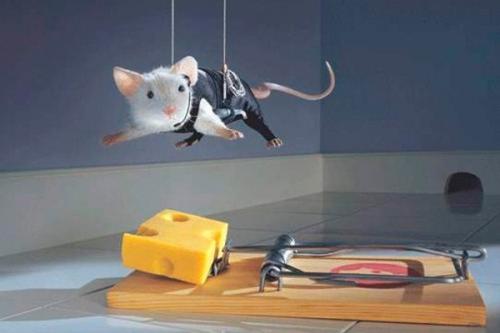

The fight against mice in the cellar can take place with the use of not only toxic substances, but also with the help of sounds harmful to these animals. Let's look at the main methods of using them.
Since rodents are shy animals, you can clearly understand what mice are afraid of. They, for example, are afraid of the smell of a person. But they are also wary of the harsh sounds that speakers make at full volume. Note, however, that mice will most likely come back after turning off the hardware.
On the contrary, ultrasounds, which are not captured by the human ear, will help completely drive the mice out of the basement. The animals, in turn, clearly hear these frequencies, which introduces them into nervous tension. It is necessary to keep the device turned on all the time, then the rodents will leave the basement in 2-3 weeks.
How to destroy rats in the cellar when there is no opportunity to buy special equipment or any expensive chemicals? The answer here is quite simple - you can use pets for this purpose. What pets can help remove rodents from their temporary habitat once and for all?
- Ferrets.
- Hedgehogs.
- Some breeds of dogs.
- Cats.
As you can see from the list, animals that hunt rodents can be found in any household or even in urban dwellings, so it is not at all necessary to acquire a certain "predator" so that he can clean the basement from pests.
Cats are the most commonly used pets, and for good reason - they are both affectionate and good hunters. If you restrict them in food, then they will be forced to get food in any other places and will be able to find food in basements where mice are bred. The person will get rid of the serious problem, and the pets will be fed.
Mechanical methods are of two types:
- leading to the death of the pest;
- humane.
They are used only if the number of rodents is insignificant. Mice, with the help of a special enzyme in the urine, are able to signal a danger, which can reduce the effectiveness of these methods of killing mice.
Ultrasonic scarers
Ultrasonic scarers are also capable of removing rats from the cellar. They emit a sound that is unpleasant for the mouse hearing, which forces the animals to leave their habitat. The use of such devices does not require regular inspection and disposal of dead individuals. However, this achievement of modern science and technology has some disadvantages:
- an effective result when using devices of this type can be achieved after three weeks of operation of the device - if the device is turned off, then there is a high probability that the rats will return again;
- the effect of getting used to the same frequency of the output signal is possible, therefore it is better to purchase devices that have the option to adjust the frequency;
- In rare cases, ultrasonic frequencies can cause headaches in hypersensitive people.
How to keep rats away from potatoes. Stages of harvesting potatoes


Tuber harvesting consists of several stages:
- Digging up potatoes;
- Drying tubers;
- Transportation (or transfer to the storage location);
- Bulkhead, sorting;
- Bookmark for storage.
The last step can be very different. It depends on the capabilities of the gardener (availability of storage facilities) and his preferences.
Someone has a cellar, someone only has a storage balcony at their disposal.
You can store tubers in pits, and with a large number and availability of space, build trenches.
Digging up potatoes


It is easier, of course, to dig potatoes mechanically: with a walk-behind tractor. But not everyone has such a mechanism.
And the areas under the potatoes are mostly small, you can handle it with a shovel or a pitchfork.
Therefore, we harvest potatoes in these two ancient, but relevant, ways.
What exactly is up to the grower to decide.
They try to grow potatoes on light soil, if so, the pitchfork will cope with the task. The dense soil is too tough for the pitchfork, they may break or fail to turn out the bush efficiently.
On a dense one you will have to dig with a shovel.
The task: to choose, if possible, all the potatoes and preferably the whole one. It doesn’t work 100%, but we must strive.
Damage is inevitable: a shovel sometimes cuts a tuber, a pitchfork is pierced.
Therefore, it is so important not to overexpose the crop: while the tops are visible, it is easier to navigate.
Procedure:
- The bush is undermined with a shovel, or it is lifted with a pitchfork, and then there is a manual selection of tubers. You can help yourself with a small garden shovel or a wire-tine digger. "Comb through" the holes with these teeth.
- Accidentally damaged potatoes are immediately sorted out separately: they will go first for food, not suitable for storage.


- If it is dry, the tubers are laid out directly in the field to dry. But if there are pests, especially potato moths, the products must be removed immediately. And away from the growing area.
- When potatoes are healthy and free of pests, they can be deposited separately along the way - seed. And do not remove it immediately, as it dries, remove food from the field first.
- Seed green a little: so it will become more stable, will not get sick in storage. Or the waste will be minimal. Pests also do not like solanine, except for the Colorado potato beetle. But the beetle is not present during storage, it prefers soil for wintering.
When doing greening, remember to keep in moderation. Overexposing the tubers to the light, getting an intensely green peel, you run the risk of overdoing it.
The germination capacity of such tubers will decrease, some may not germinate at all.
Only a slightly greenish color is allowed.
LEAVE AN APPLICATION
WE WILL CALL YOU WITHIN 15 MINUTES
- WE WORK FROM 8:00 AM TO 24:00 PM
- FREE DEPARTURE GUARANTEE
- QUALIFIED, GOOD MASTERS
There are various methods to solve the problem. Some try to get rid of rodents on their own, while others hire special firms that specialize in such tasks. In any case, with timely measures taken, the question is: "How to get the mice out of the cellar?" can be resolved pretty quickly.
Mechanical methods
So how do you get rid of rodents in the cellar? Here are some effective and efficient ways to address this issue:
- mouse traps;
- bait;
- traps.
It is necessary to consider each of these methods in more detail.
The mousetrap is a versatile tool for capturing and killing mice. For the animal to fall for this trick, there must be a piece of food in the mousetrap. However, despite its widespread use, this solution has a significant drawback: it can only kill a limited number of rodents. Modern mousetraps can simultaneously eliminate no more than eight mice, after which the mechanism must be recharged.
The bait setting method, based on various proven "tricks" and secrets, is used in the capture of mice as actively and widely as other mechanical methods.
For example, a mixture of quicklime and sugar, attracting a mouse with its sweetness, kills the animal with the first component, which heats up when combined with gastric juice.
Broken glass, pieces of which are covered with a strong-smelling grated soap, damages the gastrointestinal tract of the mouse when swallowed.
Wine cork, coated with unrefined sunflower oil and cut into small pieces, swells inside the animal, in its intestines, and gets stuck there. It is necessary to scatter bread crumbs next to the bait and into it directly so that the animals become interested in this place.
You can try setting up a trap for mice to increase your chances of killing them successfully. For example, you can create various clever mechanisms in which a rodent, chasing a bait, is trapped in a cage. If mice are found on tables, then you can think of the following: leave a plate on the edge of the table, at the end of which there is a piece of cheese.
It must be remembered that many mice are not at all stupid, and can easily bypass all the tricks, taking the bait and not falling into the trap, so it is worth using various methods of catching rodents, since there are a huge number of them to choose from.
Based on the information presented above, it is worth noting that mechanical methods can be conditionally divided into two types: those that lead directly to the death of animals, and those that are more humane in relation to rodents. Anyone who wants to take rats and mice out of their basement needs to understand how he relates to these animals.
But there may be people who feel sorry for the animals. They will not be able to bear the sight of dead animals, although they were pests during their lifetime. A person of this category will be preferable to use various humane methods, for example, sound effects, intoxicating odors, cunning, but harmless to animal health, traps and cages.
If you act without conforming to your feelings and will, then later you can either be very sorry or tormented by torments of conscience, no matter how absurd it may sound when considering this issue.
How to get rid of mice in the country. The best method of protection against mice and rats
The most effective way to get rid of the summer cottage and the house itself from the presence of mice and rats is to own a mustachioed and tailed pet. A good cat is truly the most versatile rodent control. As a rule, once having seen a domestic predator, the mice quickly leave your dacha, having no desire to risk their lives and offspring. At least, their number is noticeably decreasing.


Idea! To get rid of mice in your garden and vegetable garden, you can spread sawdust from a cat litter box, for example, under fruit trees. The mice sense the danger from the cat smell and leave.
But this live means of fighting mice also has its drawbacks:
- Not all cats are born predators. A pampered domestic cat can itself be frightened at the sight of a mouse or a rat, or it can even make friends altogether.
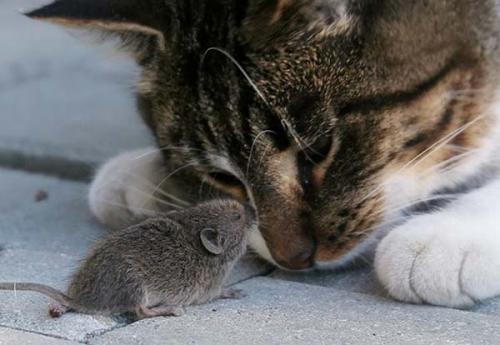

- You will hardly leave your beloved animal to live in the country during the cold season, namely in late autumn, winter and early autumn. But just at this time the mice are especially active.
- Even if you live in a private house on a permanent basis, it is not a fact that you leave your basement or cellar constantly open for free access.
Interesting! Not only cats catch mice, some hunting dogs are also capable of catching dacha pests, including moles and even snakes.
To get rid of mice at your summer cottage and in a private house forever, in any case, you will have to go through many means and methods of rodent control, because not everyone is right for you, therefore, the most popular of them will be presented below.
Loud sounds and ultrasound
Fighting mice in the cellar is also possible with the use of improvised means. Mice are very shy animals. They are afraid of harsh sounds, so the owners of the cellars lower the acoustic systems into the cellar and turn them on for a while at maximum volume. The main disadvantage of this method is its low efficiency, the return of mice after turning off the acoustics and the possibility of damage to the equipment when descending into the cellar.
A more effective and most humane way to control rodents is to scare them away with high-frequency sound that cannot be heard by the human ear. Installing an ultrasonic repeller will help get rid of mice forever. A prerequisite is the constant operation of the device. At the same time, the animals will feel nervous irritation, loss of orientation in space and other discomfort. The mice will leave the territory after two to three weeks from the moment they are turned on.
How to get rid of mice quickly. Traps and mouse traps
They fight rodents such as rats, mice, shrews, moles in various ways, sometimes starting with humane ones. But they often end up being radical. This is a forced defense, and therefore all means are good here.
Mice got in the apartment - how to get rid of? Traditional methods will help - these are notorious traps and mouse traps. A very old, safe way to get rid of mice is to set up a mousetrap. And preferably not one.
Install only where mouse droppings have been found. Do not forget to pre-grease the trap with homemade sunflower oil to quickly attract the thieves to the fishing spot.
Equip it with seductive bait, everything will do. And do not forget to periodically move them to different zones, change smells, clean them in time. Traps can be in the form of special adhesive tapes, plastic Chinese, homemade, etc.
Cats and dogs
The classic solution to the problem is a cat. Unfortunately, this does not always happen. Because not all cats and even cats can catch mice. Many have no hunter instinct at all.
Mice are afraid of cats, it is a known fact, but this will not make them less. Pets are often pampered by their owners and well-fed, and therefore they do not need to get food for themselves.
If you have a dog in your house, then you need to get rid of the mice as soon as possible. Their immune system is not the same as that of cats. She does not always cope with the diseases carried by mice.
Mechanical methods
The so-called "mechanical techniques" include setting traps and traps. The most common are large spring rat traps and small mouse traps.They must be installed close to entrance doors, burrows and along walls.
An ordinary spring mousetrap.
To increase the effectiveness of the trap, you should put a piece of food in it. As bait, you can use a piece of bacon, sausage, cheese or bread dipped in vegetable oil. The traps should be washed before placing, as the human smell scares the animals away. It is also recommended to lubricate them with something attractive to rodents. For example, glycerin, syrup, vanilla or vodka. Try not to touch the trap and baits without rubber gloves.
When the rodent runs into the cage, the door slams.
For smart animals who are adept at avoiding traps and eating poisoned food, try the following “tricky” bait. Combine wheat flour and dry stucco in a ratio of 1 to 1. Pour the bait onto a plate at the rate of 1-2 tablespoons. for one rat. Place a container of water next to it. Having eaten the bait, which does not differ from ordinary flour in taste and smell, the animal will soon die. The mixture will solidify in her stomach in 5-10 minutes.
Traps should be changed every 5-10 days and checked regularly. If mice show no interest in baits or have learned to get them out of the trap, this method is useless.
Method number 4: natural predators
Everything is simple here. It is enough to get a cat, preferably one of the outbreds, that can catch mice. Usually they choose such a pet, in the genus of which there are or had excellent hunters.
It is clear that in the presence of a cat-mousetrap, it is undesirable to use poison. Otherwise, it will be possible not only to temporarily get rid of harmful eared creatures, but also to lose your beloved pet:
- he either accidentally eats the bait;
- or he will catch a poisoned mouse and through it will receive a lethal dose of a poisonous substance.
In any case, at the time of a chemical attack, it is better to close all pets for a while and not let them go on a local safari.
Add comment Cancel reply
You must be logged in to post a comment.
An unknown animal has settled in our garden. We discovered this when we started digging potatoes. You turn out the nest with a shovel, and in it 3-4 potatoes are nibbled.
A freeloader unknown to us chooses larger potatoes. It grazes in a certain area. After him, there are passages with a diameter of seven centimeters in the ground - the husband fell through them more than once. The strokes are short, between the holes. It was not possible to track further.
The other day we were holding a military council with a neighbor. He also comes across gnawed potatoes and underground passages. Moreover, the neighbor managed to see this pest. True, from afar. According to the descriptions, it is a rodent, shiny, about 10 centimeters long.
The potato harvest is good today. The damage dealt is relatively small. But now we are afraid that the animal will overwinter, multiply and eat much more, or even leave us without root crops.
Eternal questions: who is to blame and what to do?
Anna, p. Dolgoderevenskoe
A blind man is not a mole
The baby sleeper mainly lives on the lands of Ukraine, Western Ciscaucasia and in some southern regions of Russia. However, more and more often the rodent is noticed much further north, for example, in the Southern Urals. He actively develops new lands and spoils the harvest. The main delicacy of mole rats is the tubers of potatoes, carrots and beets.
Method number 3: fishing with live bait
Almost everyone knows how to deal with mice in a cellar using traps. Among these devices there are those that kill the little animal, and those that leave it alive (if a person is such a humanist and hates any kind of violence).
We suggest that you familiarize yourself with: How to dilute kerosene from lice
Deadly devices include common mouse traps, glue traps, and electric traps. Zhivolovki are able to catch a mouse, but at the same time they leave the poor fellow alive, although the beast will still die of hunger and thirst if it is not released from captivity in time.
All devices work according to the same principle: the rodent is lured with a tasty bait, after which the lid (glue, door, guillotine) "slams", depriving the mouse of the possibility of free movement, and after some time it dies.

